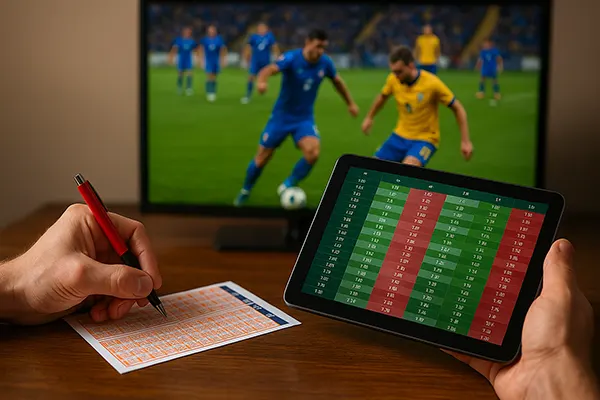Performance Bets on Young Footballers: How to Evaluate Potential Ahead of the Second Season

The second professional season often becomes a turning point in the careers of young footballers. After a breakthrough debut, the expectations rise — and so does the uncertainty. Evaluating a player’s potential for future success requires a balanced approach that incorporates performance data, psychological readiness, and long-term development indicators. This article provides a structured, evidence-based perspective on how to assess the second-season potential of emerging talents.
Understanding the Second Season Effect
In football analytics, the “second season effect” refers to a noticeable dip or stagnation in performance after a strong debut year. This phenomenon has been observed across Europe’s top leagues and is attributed to a range of factors, from increased defensive attention to mental fatigue. Clubs and analysts must consider this when predicting a player’s trajectory.
Defensive lines adapt quickly. Once a player’s style and strengths are understood, opponents develop targeted strategies to neutralise them. This is especially common with attacking midfielders and wingers whose movement and creativity can be restricted.
Physical wear and accumulated fatigue also influence performance. Young players are often subjected to intense workloads without fully adapted recovery cycles. This can lead to burnout or injuries that stall progress during their second season.
Psychological Pressure and Media Spotlight
After a breakout season, the pressure intensifies. Fans, clubs, and media outlets project inflated expectations, which young athletes may not be prepared to handle. The spotlight magnifies every mistake, reducing their freedom on the pitch.
Moreover, younger players often lack the mental tools to compartmentalise performance feedback. Negative commentary or public criticism, particularly on social media, can affect confidence and decision-making during matches.
Clubs with strong psychological support frameworks—mentors, sport psychologists, structured rest periods—are generally more successful in helping young talents overcome the second-season hurdle.
Key Metrics for Assessing Potential Growth
Statistical analysis remains one of the most objective methods to forecast development. Key performance indicators (KPIs) such as xG (expected goals), key passes per 90 minutes, and successful dribbles provide insight into consistency and adaptability.
It’s crucial to assess per-90-minute metrics rather than cumulative season totals. This normalises playing time and helps uncover under-the-radar consistency or improvement in specific tactical roles.
Another important aspect is transition efficiency — how well a player performs against stronger opponents or in high-pressure match situations. These moments are often more predictive than goals or assists in weaker matchups.
Monitoring Development Outside Matchday
Training ground performance, adaptability to tactical instructions, and professional discipline are essential non-match indicators. Scouts and performance analysts often rely on private club data to track these parameters across weeks and months.
Medical records and injury recurrence rates must also be considered. A young player with a chronic muscular issue may have strong stats but face long-term availability concerns, which limits their performance ceiling.
Lastly, player interviews, mentor assessments, and behavioural analysis off the pitch offer qualitative context that enhances data-driven evaluations.

Club Environment and Coaching Philosophy
The context in which a young footballer develops plays a vital role. Clubs that promote internal competition, structured feedback, and give real match responsibility to youth players tend to extract greater potential across seasons.
A second-season slump can be avoided in systems where players are deployed in multiple roles or rotated wisely. Flexibility builds tactical intelligence and avoids stagnation due to overexposure in one position.
Coaches who emphasise progressive responsibility — gradually increasing pitch minutes, leadership tasks, or set-piece duties — also foster resilience and footballing IQ in their young athletes.
The Role of Loan Systems and External Experience
Loan strategies are increasingly popular to bridge the development gap. Players sent to mid-table or lower-tier clubs for consistent game time often return with sharper physical readiness and improved decision-making under pressure.
However, loan success depends on compatibility between the player’s strengths and the receiving club’s tactical system. Mismatched styles or unstable team environments can backfire and hinder growth.
When evaluating players returning from loan, analysts should compare their development to in-club training counterparts. A well-planned loan spell often reveals readiness for first-team contributions, especially in the second season.




